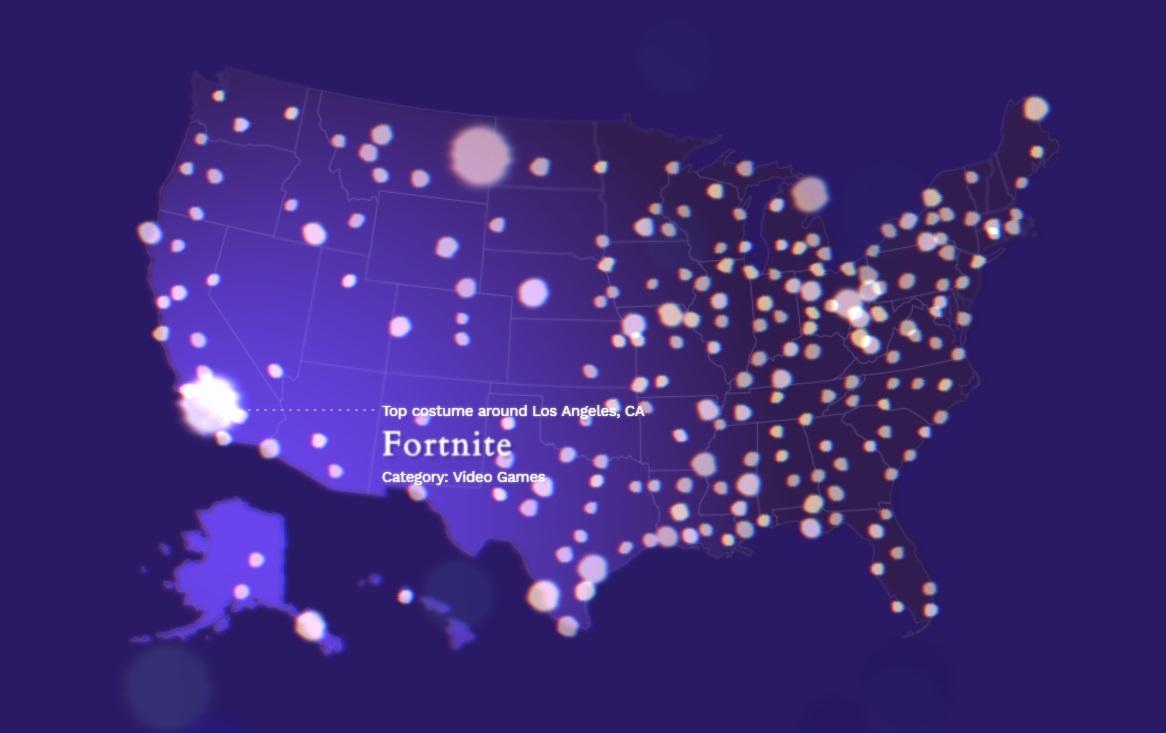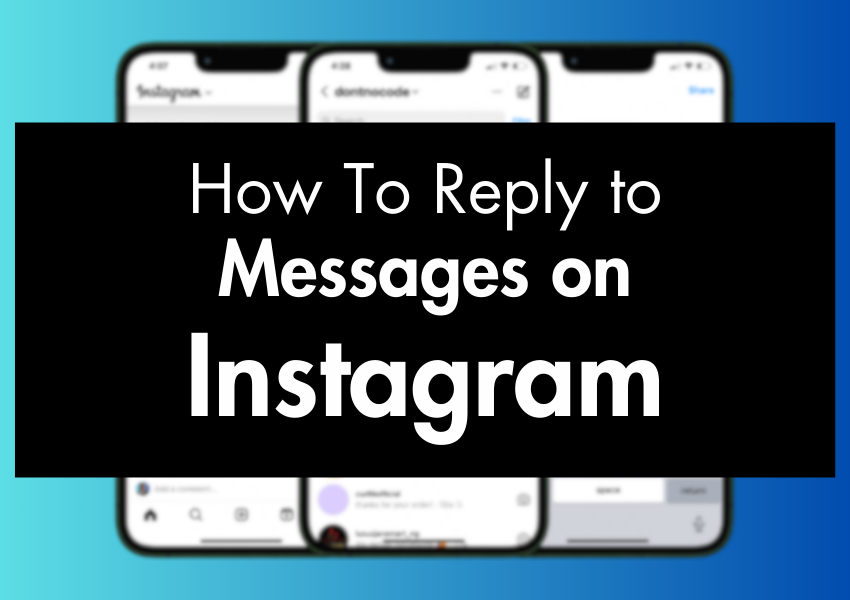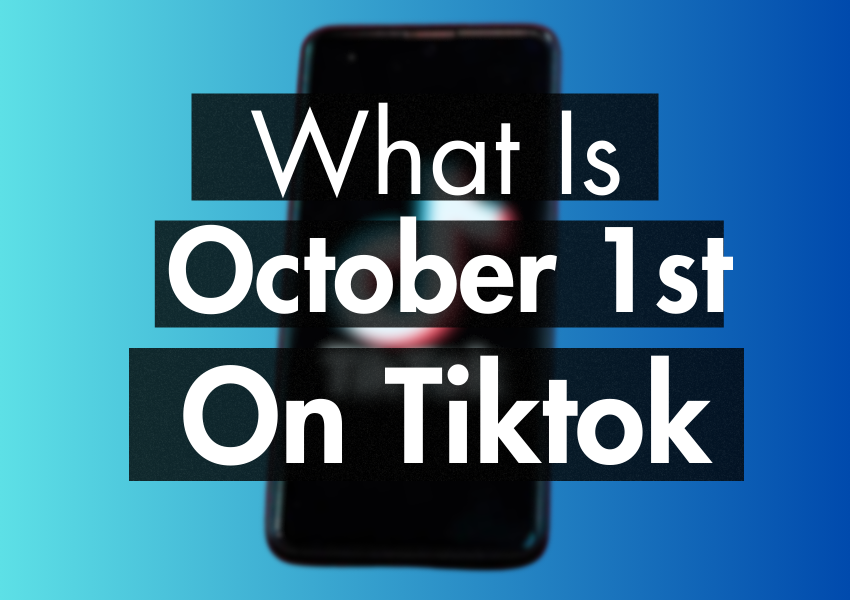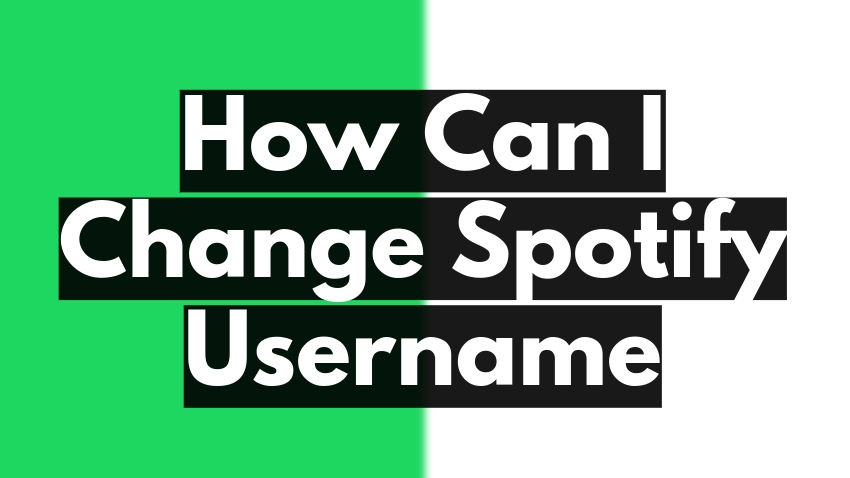
If you’ve been scrolling through TikTok lately, you’ve likely encountered the ubiquitous term “POV” plastered across various videos. But what exactly does POV mean on TikTok? This seemingly simple acronym unlocks a vast storytelling landscape, allowing creators to captivate audiences and generate viral sensations.
In this comprehensive guide, we’ll delve into the world of POV on TikTok, exploring its meaning, different types, creation tips, and the secret sauce that makes them so engaging.
“POV” Means “Point Of View” on TikTok
Confused by all the “POV” videos popping up on TikTok? You’re not alone! This quick guide will answer all your burning questions:
- What does POV mean on TikTok? It stands for Point of View, placing you directly in the shoes of the character on screen.
- What are different types of POV videos? From first-person (seeing through the character’s eyes) to third-person (observing the character), you can explore various perspectives.
- How can I create engaging POV content? Define your story, target audience, and use creative visuals and sounds to immerse viewers.
- What makes POV content go viral? Originality, trending topics, emotional resonance, and high-quality production can set you apart.
Ready to dive deeper? Keep scrolling to explore everything you need to know about creating captivating POV content on TikTok and get more views!
Decoding the Acronym: What Does POV Stand For?
POV stands for Point of View. In the context of storytelling, POV refers to the perspective from which the narrative unfolds. In literature, we encounter first-person (I, me, myself) and third-person (he, she, they) perspectives. Similarly, POV videos on TikTok place the viewers directly in the shoes of the character on screen.
The magic of POV lies in immersing the viewer in a specific scenario. Imagine waking up to your significant other preparing a surprise breakfast in bed, or experiencing the thrill of receiving a backstage pass to meet your favorite artist. Through clever camera angles, sound effects, and acting, creators transport viewers into the heart of the action, fostering engagement and emotional connection.
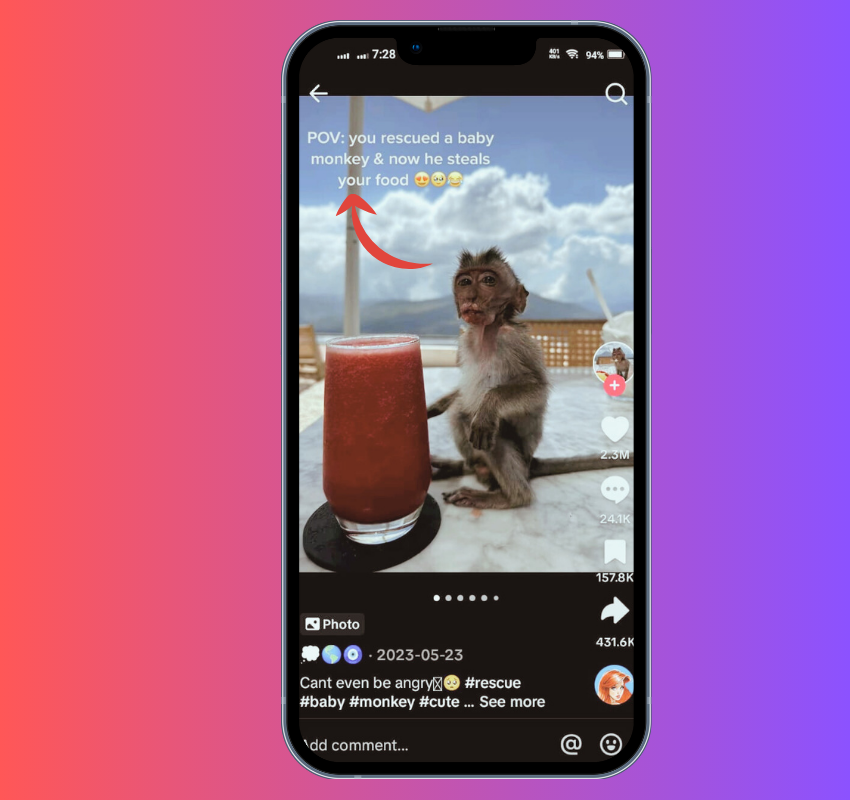
A Spectrum of Possibilities: Exploring Different Types of POV Videos
While the core concept remains the same, POV videos on TikTok come in a diverse range of flavors. Let’s explore some popular categories:
- First-Person POV: This is the most common type, where the camera acts as the viewer’s eyes, creating an intimate and personal experience.
- Second-Person POV: This format directly addresses the viewer using “you” and invites them to actively participate in the scenario.
- Third-Person POV: Though less prevalent, creators can still utilize third-person narration to tell a story from a specific character’s perspective, offering a slightly detached yet intriguing perspective.
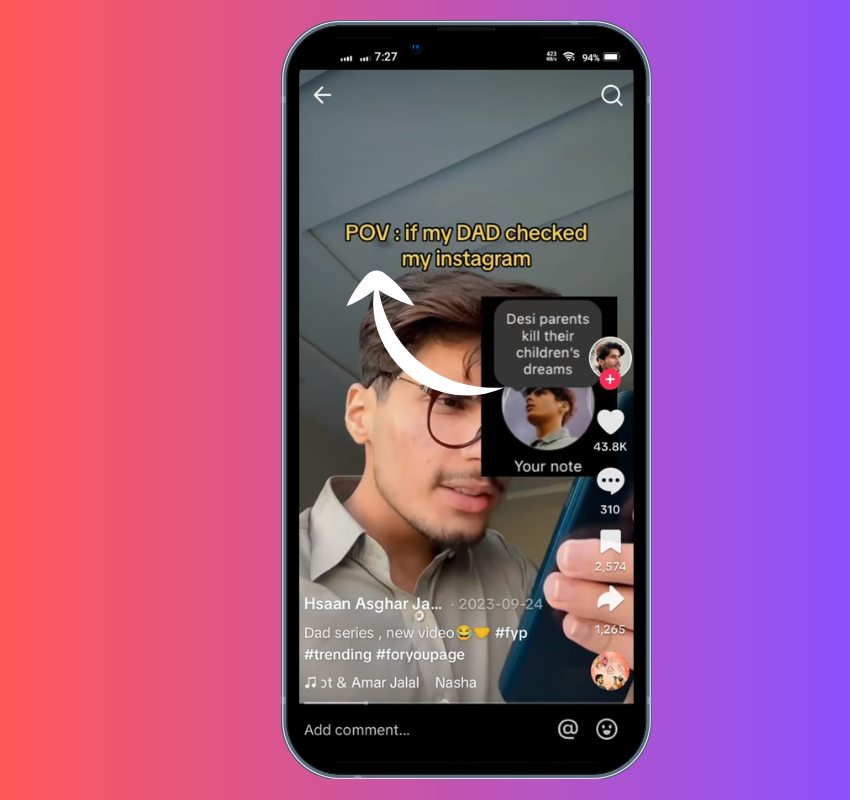
These categories can further combine with various themes, from comedy and romance to horror and suspense, providing endless possibilities for creative expression.
Crafting Compelling POV Content: Essential Tips for TikTok Creators
Now that you understand the essence of POV on TikTok, let’s equip you with the tools to create your own captivating content:
1. Define Your Story and Target Audience:
- Conceptualize an engaging scenario: What story do you want to tell? Will it make viewers laugh, cry, or experience a jolt of excitement?
- Identify your target audience: Who do you want to connect with? Tailor your story and tone to resonate with their specific interests.
2. Scripting and Storyboarding (Optional):
- While not mandatory, creating a script or storyboard can help visualize your video flow and ensure a smooth narrative structure.
3. Embrace the Power of Audio and Visuals:
- Sound effects and background music: These elements enhance the emotional impact and set the mood for your video.
- Camera angles and editing: Experiment with different angles to create a realistic first-person perspective and use editing techniques to build suspense or highlight key moments.
4. Authenticity and Emotional Connection:
- Infuse your personality: Viewers connect with genuine and relatable characters.
- Evoke emotions: Aim to make viewers laugh, cry, feel scared, or experience any other emotion that aligns with your story’s purpose.
5. Utilizing Text Overlays and Hashtags:
- Text overlays: Briefly introduce the scenario, add dialogue, or provide context to enhance understanding.
- Hashtags: Utilize relevant hashtags like #POV and genre-specific ones to increase discoverability.
6. Engaging with the Community:
- Respond to comments and answer questions to foster a sense of connection with your viewers.
- Participate in trends and challenges that utilize the POV format for wider reach.
6 Factor: Unlocking the Secret Sauce of Viral POV Content
While the aforementioned tips provide a strong foundation, creating truly viral POV content requires an extra sprinkle of magic. Here are some additional considerations:
- Uniqueness and Originality: Stand out from the crowd by crafting fresh and innovative scenarios. Don’t be afraid to experiment and explore unexplored narratives.
- Trending Topics: Tap into current events, popular challenges, or trending sounds/music to spark audience interest and leverage existing conversations.
- Collaboration: Partner with other creators to create captivating storylines and expand your reach.
- Emotional Resonance: Evoke strong emotions in viewers, whether laughter, tears, or suspense, to leave a lasting impression.
- High-Quality Production: While high-end equipment isn’t essential, strive for clear visuals and well-edited audio for a polished look.
- Consistency: Publish content regularly to maintain engagement and build strong audience.

The Future of POV on TikTok: A Continuously Evolving Landscape
The world of POV on TikTok is constantly evolving. As the platform and its audience mature, so do the possibilities for creating and consuming content. Here are some potential future trends to keep an eye on:
- The rise of interactive POV experiences: Incorporating elements of choose-your-own-adventure stories or allowing viewers to influence the narrative through comments or polls.
- More sophisticated storytelling techniques: Integrating advanced editing effects and incorporating cinematic elements to create immersive and visually stunning experiences.
- Blurring the lines between fiction and reality: Utilizing real-world locations and scenarios to further enhance the sense of realism and audience immersion.
By staying informed about these trends and harnessing your creativity, you can position yourself at the forefront of POV content creation on TikTok, engaging audiences and potentially achieving viral fame.
Final Words
In conclusion, understanding the concept of POV on TikTok allows you to unlock a world of creative possibilities. By combining the tips and insights provided in this guide with your own unique voice and perspective, you can craft captivating content that resonates with viewers, fosters connection, and leaves a lasting impact. So, get out there, grab your phone, and start creating your own captivating POV narratives on TikTok!
FAQs
How do you use POV in a caption?
There are two main ways to use POV in a caption:
- Simply state “POV” followed by a colon (:) and then describe the scenario from the viewer’s perspective. This helps set the context and lets viewers know they’ll be experiencing the situation through the character’s eyes.
- Embed the POV into the caption itself. Use descriptive language and second-person pronouns (“you”) to directly address the viewer and immerse them in the scene.
What does POV mean in social media?
POV stands for Point of View. In the context of social media, especially platforms like TikTok, it refers to videos and captions that place the viewer directly in the shoes of the character on screen or described in the text. This creates an immersive and engaging experience, allowing viewers to connect with the content on a deeper level.

